
It is great to see someone with a passion grow. Take Kotaro Uchikoshi for example. When the first game in the Zero Escape series hit the shelves, he quickly gained a fan following for his use of dark mysteries and clever puzzles. Not bad for the guy who started out making models on Pepsiman. Then there is Yusike Kozaki, who has proven his character design work is memorable with the Fire Emblem and No More Heroes franchises. Kotaro came to Yusike for his latest project- AI: The Somnium Files. With a reportedly bigger budget, is this “neo-noir” detective story worth laying eyes on, or would you rather gouge them out?
AI: The Somnium Files
Publisher: Spike Chunsoft
Developer: Spike Chunsoft
Platform: Windows PC, Nintendo Switch (Reviewed), PlayStation 4
Release Date: September 17th 2019 (North America), September 19th 2019 (Japan), September 20th 2019 (Europe)
Players: 1
Price: $39.99

Kaname Date is a detective for Tokyo’s metropolitan police department in the not-so-distant yet sci-fi future. As part of ABIS (Advanced Brain Investigation Section), Kaname does more than just probe crime-scenes and interrogate witnesses. He has access to an A.I. partner Aiba via his robotic eye, and can “psync” to dive into a witness’ dreams and discover clues they cannot, or will not share.
Date is now on the trail of a serial killer, with a gruesome penchant for removing an eye from their victims. One of the killer’s first victims was someone who Date knew, and things soon spiral out of control- recalling a case from six years ago, and the memories Date had lost around that time.
Aside from the tone, this might all sound familiar if you are a fan of the Ace Attorney series (and several other similar games). Regular detective work enhanced by an abnormal element to shift through lies and memories, infamous cases from years ago being relevant, and a healthy dose of oddballs (though not as extreme here).
The mystery is compelling, with fascinating twists and turns throughout as you are lead from one viable suspect to the next. The game’s branching narrative also helps add layers to the story, as different information comes to light. Though that same branching story may result in you delving into a mystery you feel should have been saved for later- depending on your personal taste.
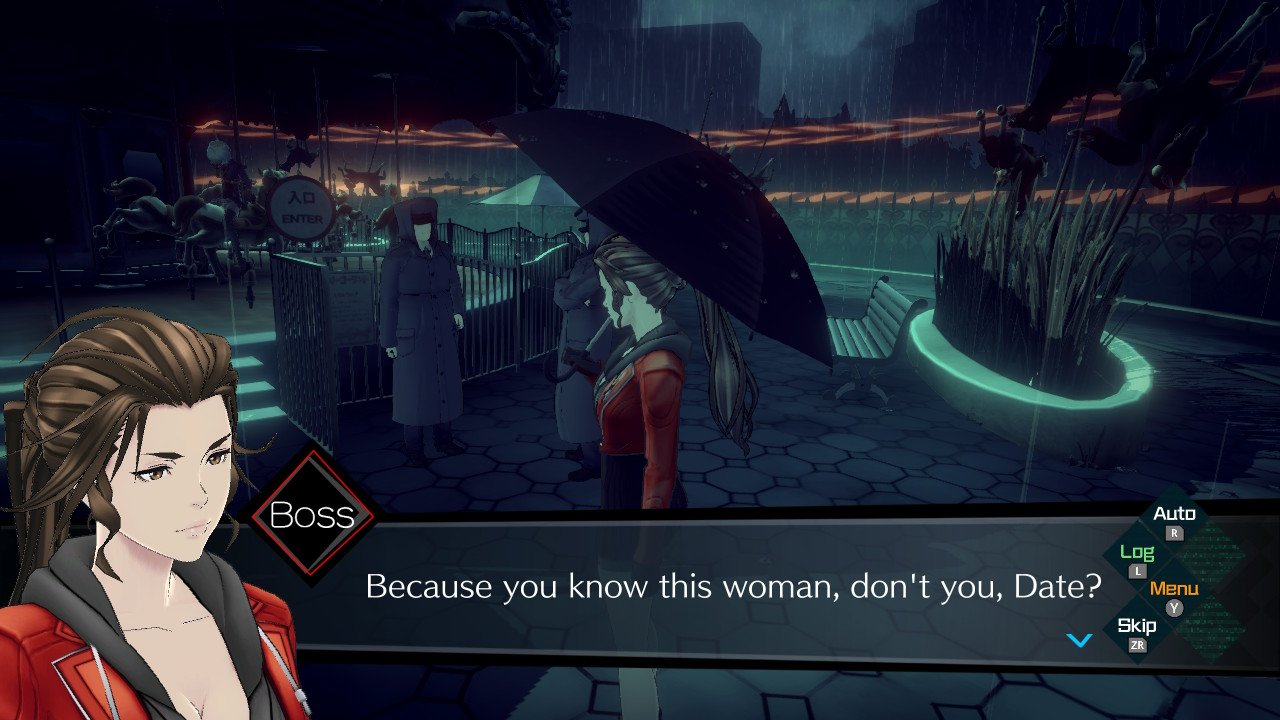
While the serious moments are treated with the gravity they deserve, there is plenty of humor from examining the environment (even the game’s appendix for sophisticated and mundane terms), and with how characters interact. Main characters Date and Aiba fantastically play off one another.
Date can be quite serious and takes charge, but he happily teases and even flirts with Aiba. He is a dork, but rarely depicted as underfoot. Aiba meanwhile is a robot genius in the real world- frequently mocking Date’s flaws. In the dream world (Somnium) Aiba’s mind is much more human, becoming more playful and free-spirited, not to mention the role-reversal as Date commands her- with the playful jabs being more evened out.
Characters overall are a delight- with more depth than you would expect instead of just being a vehicle for an eccentricity. As a foot note, it seems some characters have been aged up, but we do not have proof at this time. While it is plausible they merely act childishly, no one bats an eye-lid when a character rejects being called “kid” because he is 24.
Overall this is a fantastic and suspenseful mystery to delve into, encouraging you to lick the bone clean and find every scrap of dialogue. While the game of the year is going to be hotly debated, this may be the best mystery story in a video game of the year- if not the best video game story of the year.
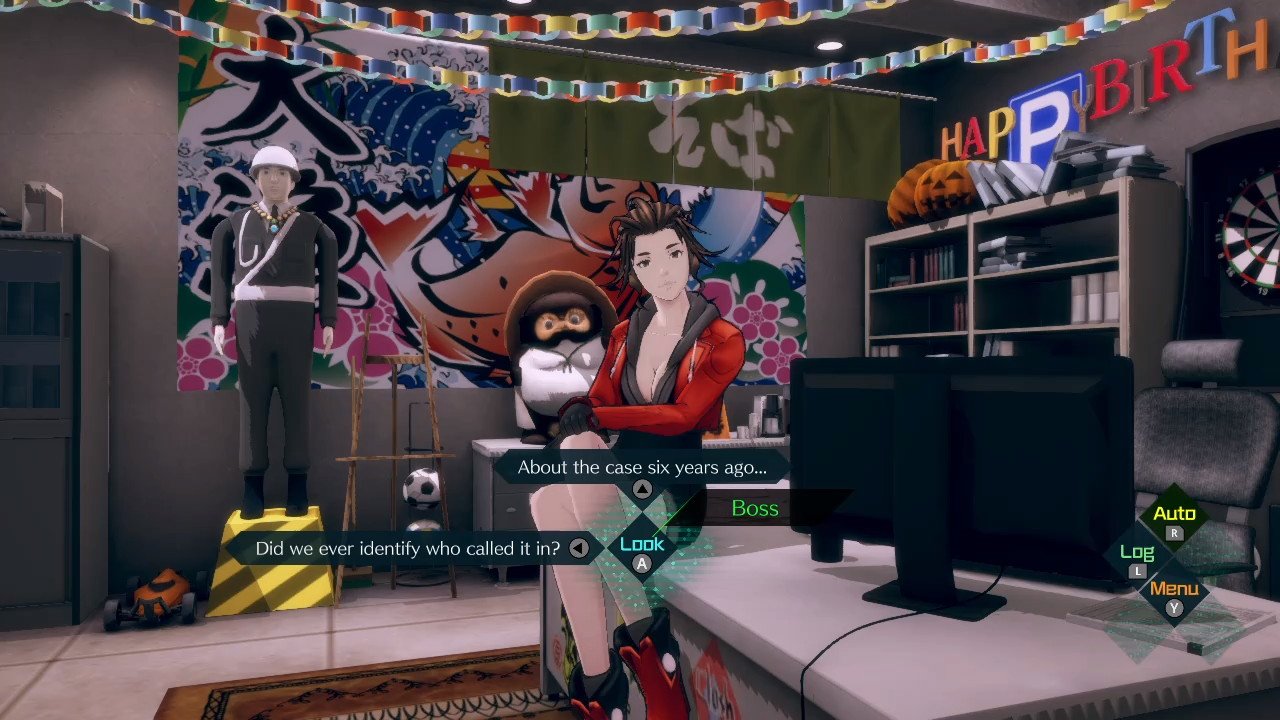
Gameplay is divided between real world investigations, and diving into a person’s mind via psynching. First of all, you can freely jump to any point in the story when you wish (and fast-forward through stuff you have already seen). The checkpoints are not just at the start of each day or chapter- but any time you would enter a new scene. You can even jump between time-lines where the story branches based on your choices.
In the real world, Date stands in one spot and can examine his surroundings- the camera being his point of view. Nearly everything can be examined, and even mundane objects can sometimes produce humorous observations. Both objects and people will indicate once there is nothing more you can pull from them.
Questioning is simple- you keep asking various topics until you learn something new and exhaust your options. You can also examine certain objects using your robotic eye. While you can use zoom-in, x-ray, and even thermal vision, it still applies to the above rule of prodding everything until your options are exhausted.
At times, you do present evidence in interrogations and questioning. However, there is no failure state, as you are scolded and told to try again. While failing the quick time event segments can cause a game over, those segments are heavily telegraphed by the distinct loading animatics- not to mention the moderately generous time on the QTEs themselves.
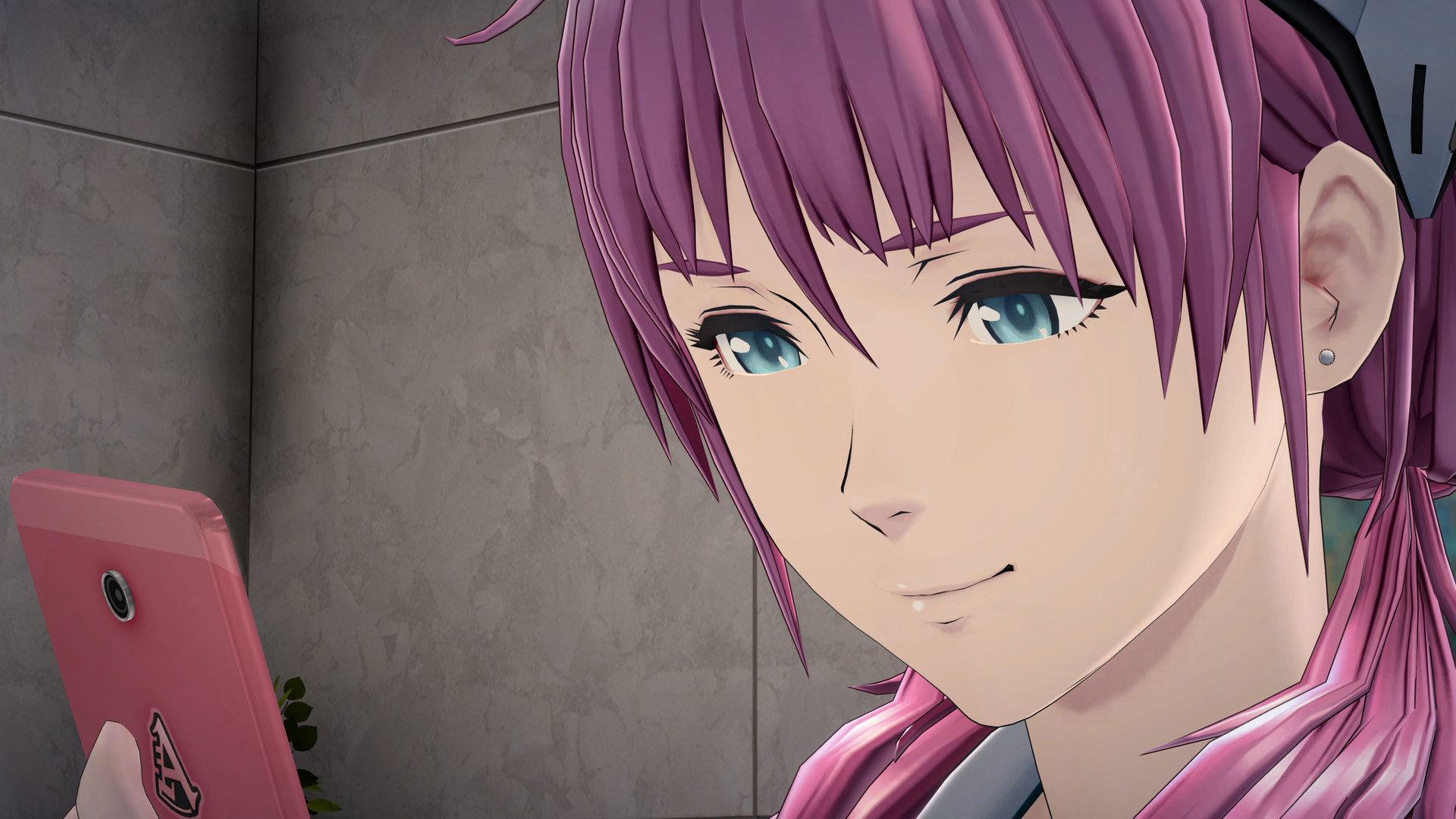
The dialogue, scenarios, and building mystery makes up for any simplicity in investigating. Diving into dreams should have suffered the same problems with “trial-and-error,” but an interesting twist keeps it from being too easy.
In the dream world, you move around an environment controlling Aiba, and can interact with certain objects based on several given options. You can only spend six minutes in the dream, and time passes when you walk around (a la Superhot), or select actions causing time to drain. Your goal is to break all the mental locks by solving puzzles.
As you interact with objects, you also pick up “TIMIEs.” These allow you to change how long a task will take- usually for the better (reducing it by a fraction or setting it to a specific amount). Some interactions will give you negative TIMIEs- forcing themselves to be used in your next interaction and increasing the time spent.
While there is a huge variety of hilarious interactions (and the game will indicate interactions you have already performed- even when restarting or reloading), those six minutes drain alarmingly quickly with later chapters. While you may encounter multiple ways to solve the same problem, it quickly becomes a matter of working out what the most efficient path is to save time.
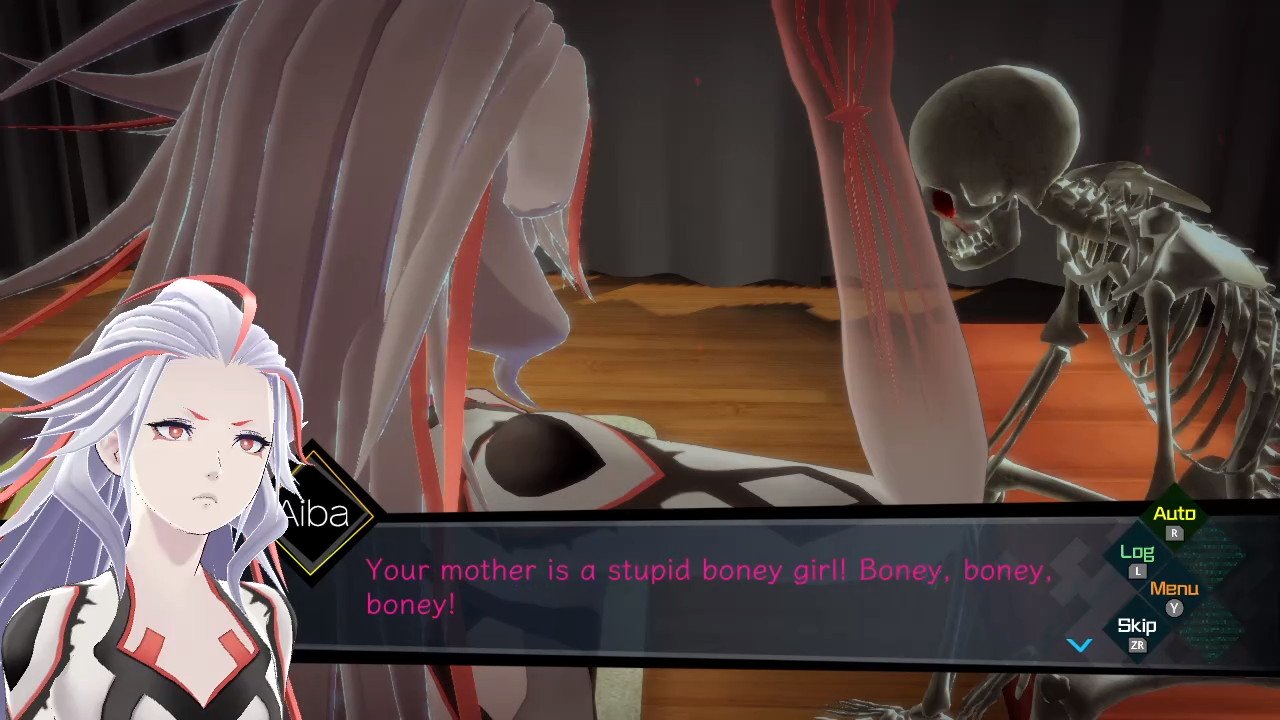
This time-saving almost becomes more pressing than the dream-like logic behind the puzzles. Despite being a dream, the puzzles’ logic either makes total sense, or is so strange you are more likely to solve it by mistake. But, much like the investigations, what occurs and is said presses you on further. Though this time, benefiting from more challenge.
Somnium can also have multiple mental locks at once- solving one causes the game’s narrative to branch as new information is revealed. This further extends the already high number of times you will replay these sequences, due to their challenge, numerous interactions and trying to find hidden objects to unlock concept art.
Much like other visual novels, the game can be won by trial and error. But, the appeal comes from a well written story. However, there is some challenge with the dream-world’s timed puzzles. It certainly has more challenge than most other VNs, but as long as you keep at it, you will succeed.

The game’s style certainly sells itself, even down to stylish loading screens and transitions. Character designs are genuinely memorable, and pop among Japanese cities, traditional buildings, and the odd splash of sci-fi. On rare occasion character might seem a little too surreal compared to the others, but it only adds to the charm.
Dream worlds also benefits from their blend of realistic scenery with surreal elements and lighting. While the environments are based off those you find in the real world investigations, this makes perfect sense, and their dream counterparts take on an identity of their own thanks to how strange everything is. Though there have been more creative depictions of dreams in other media.
While the vast majority of animations are great, there are some minor hiccups. When characters turn to face you, their movement can be a little robotic. There is also little to no attempt at matching lip-flaps with the English dub, but as we explain later this may be a blessing in disguise.
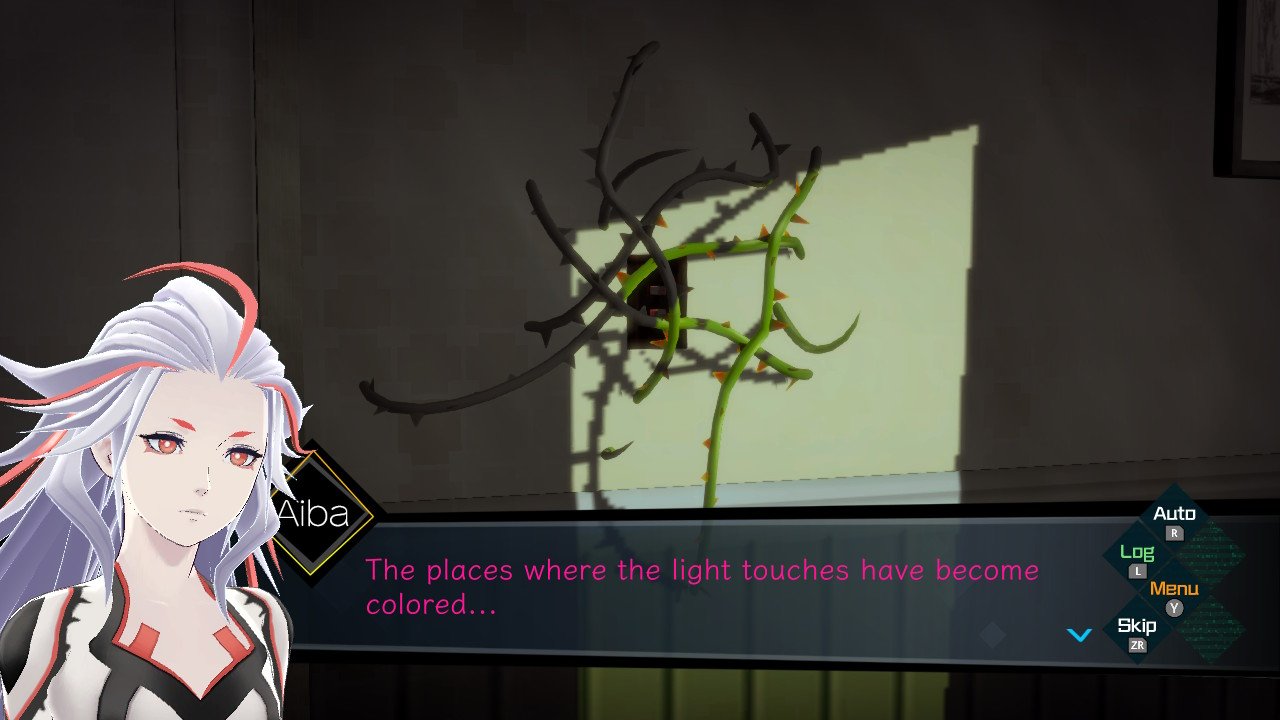
Our review copy was the Switch version of the game, and sadly it seemed to have a few graphical and performance issues. Character portraits for dialogue boxes seem to be surrounded by scattered white pixels, some menu icons appear slightly jagged at the edges, and even some of the game’s fancy transitional sequences seem to have artifacting.
Frame-rate can also dip at times, especially when there are multiple graphical overlays on screen at once (when Aiba shows multiple character profiles with moving models). Loading up pre-rendered scenes and even the aforementioned overlays can also cause long loading times- though nothing beyond a few noticeable seconds.
The touch screen only allow you to select an object- but not how to interact with it. While we would need to compare it with other versions, if the other platforms turn out to run better, we would recommend them to get the most out of a game that has flair in spades.
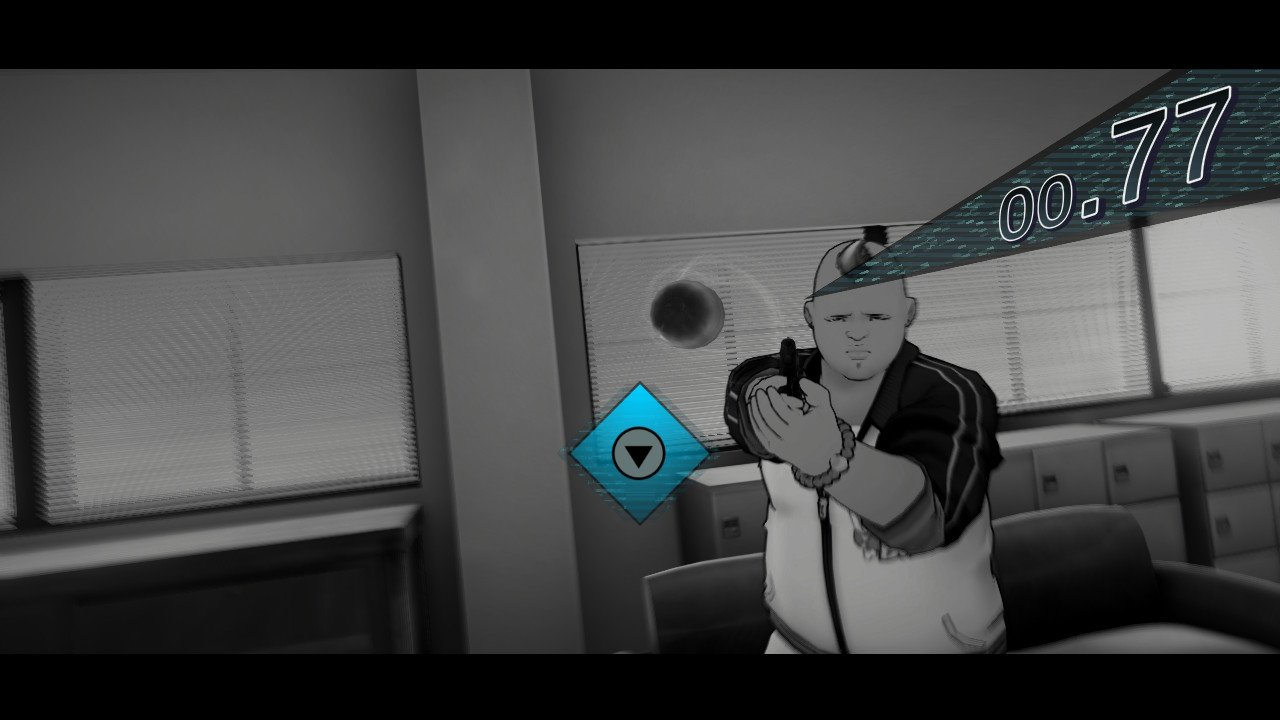
The English dub is shockingly good. Voice actors and actresses were allowed to emote without worrying about hitting lip-flaps, and it comes across as more genuine. Standouts include Mizuki, one of the most believable child voices I have heard in an anime dub for quite a while. Date can also bounce between being a goof and deadly serious with utter ease, while Aiba can be both robotic and a more free-spirited. Dual audio is still available, and can be freely switched at any time.
The game’s music also runs the gambit; from suspense, action, intrigue, and heart-felt moments. The dream world also makes great use to convey unease and horror with synths and sound effects (that sound just enough like something recognizably awful, but distorted) that almost matches Silent Hill’s soundtrack at times.
The dub is one of the best, at a time where anime-style media can get awful voice direction. The music is catchy and certainly memorable for the game’s more emotionally charged moments. The game is as much a delight to hear as it is to play and read.
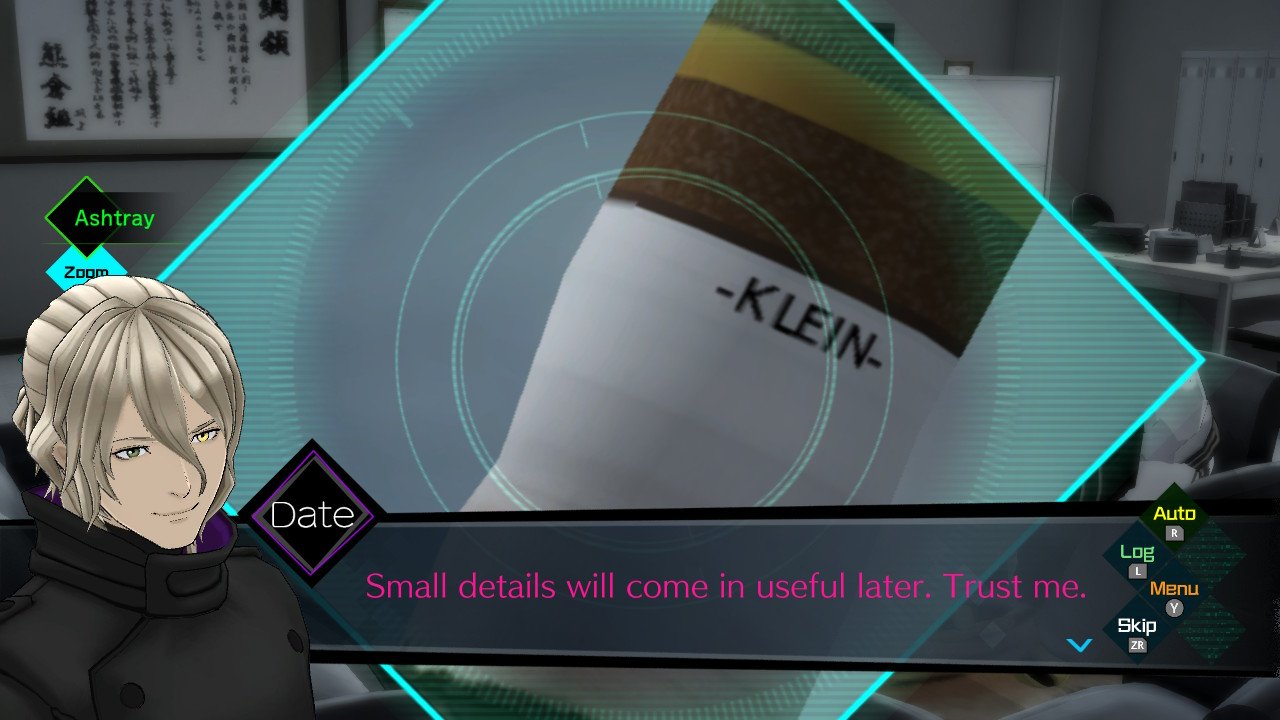
I referred to the Ace Attorney series earlier in the review, but it is not only Phoenix that should worry. Ace Attorney, Dangan Ronpa, and even the Zero Escape games are now overshadowed by AI: The Somnium Files.
The game’s style is well realized, backed by a great looking, great sounding experience. Combined with a deep mystery, it is something to keep an eye on. If you like games of similar genres, or even VNs in general- we highly recommend it. Miss out? You must be dreaming.
AI: The Somnium Files was reviewed on Nintendo Switch using a review copy provided by Spike Chunsoft. You can find additional information about Niche Gamer’s review/ethics policy here.